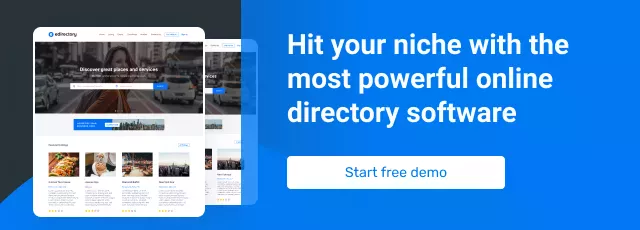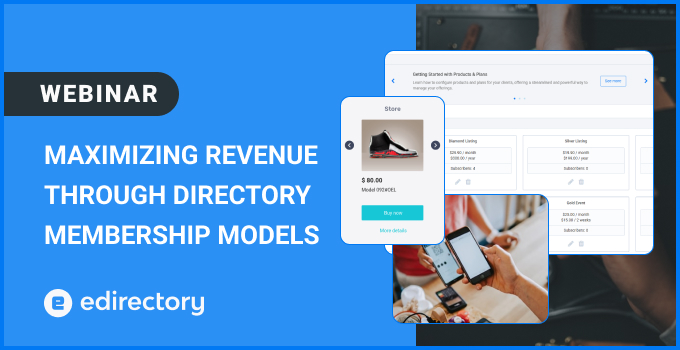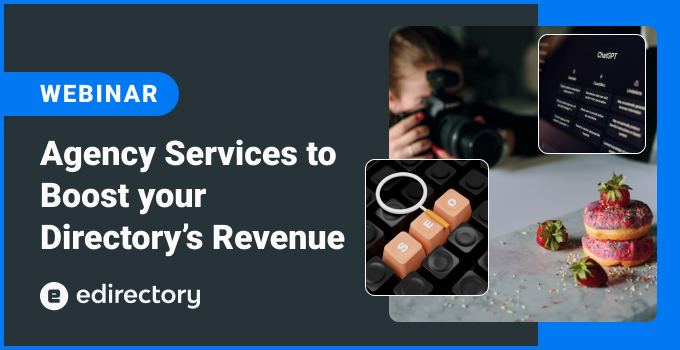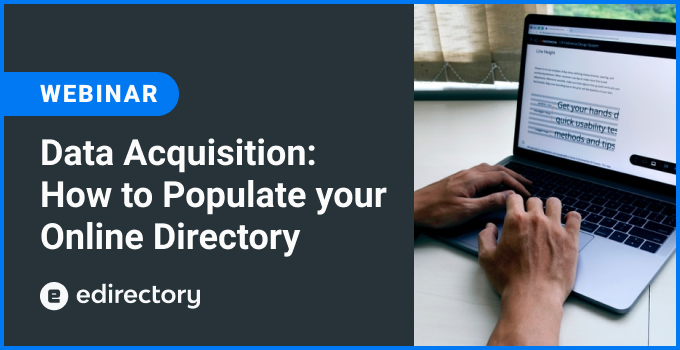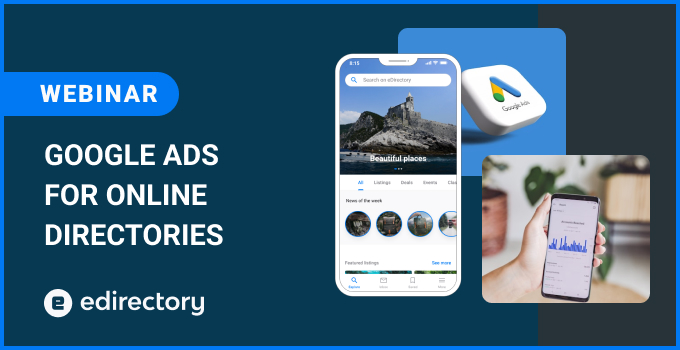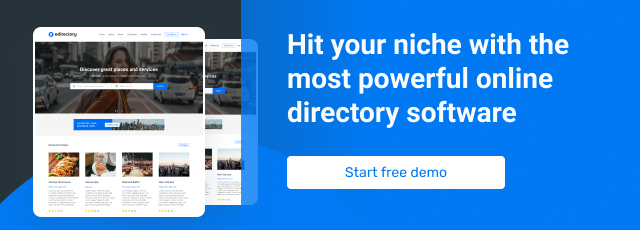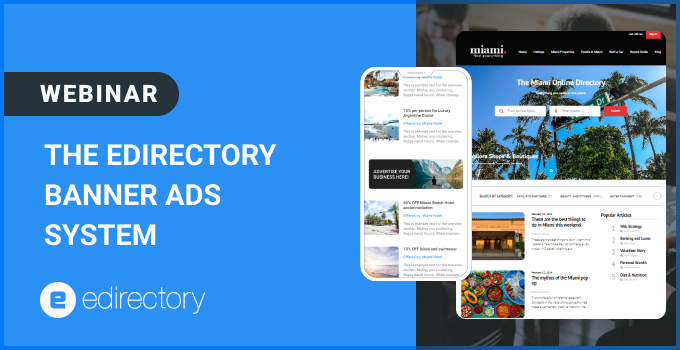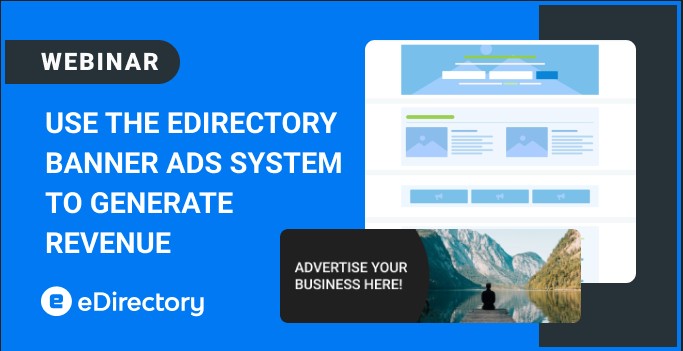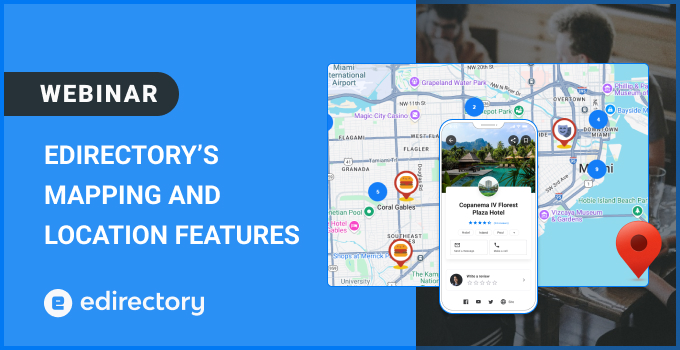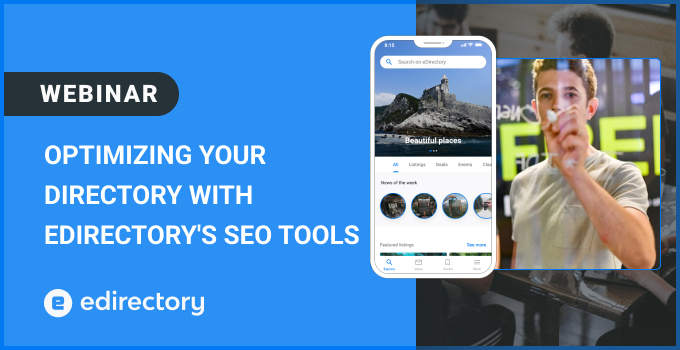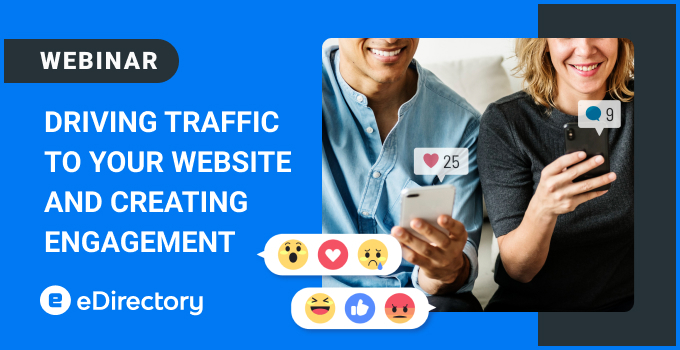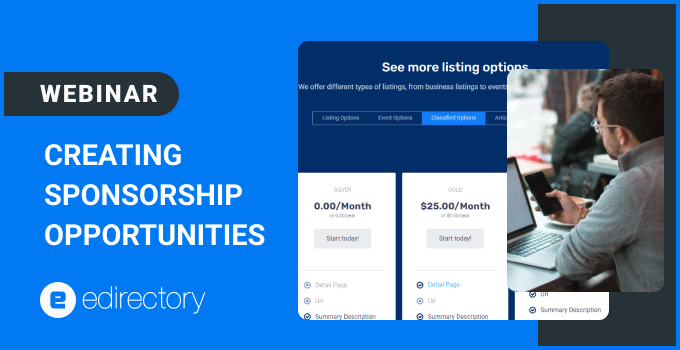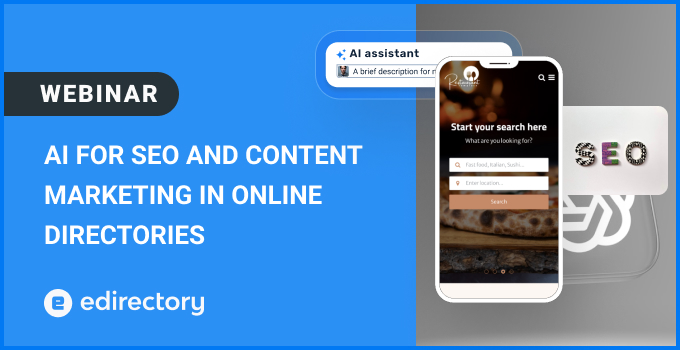
The AI Revolution in Directory Websites
Traditional directory creation is dead. Manual listing creation, guesswork SEO, and generic outreach campaigns are being replaced by AI-powered systems that deliver measurable results. Our data shows that listings with AI-optimized descriptions see 37% higher click-through rates compared to manually written content.
But here’s what’s even more compelling: directories using AI content reduce listing creation costs by 72% and publish 5x faster than traditional methods (Ahrefs 2024 Benchmark). AI is revolutionizing the SEO field by providing tools that offer deeper insights and more precise targeting, making it essential for directory success.
Why AI is Essential for Directory Success in 2025
The statistics speak volumes about AI’s impact on directory businesses:
- 75% of marketers now leverage AI to reduce time spent on manual tasks like keyword research and meta-tag optimization (source);
- 67% of small business owners use AI for content marketing and SEO, seeing an average 70% increase in ROI;
- Directory owners specifically benefit from AI’s ability to create engaging content that converts browsers into customers.
Given the many benefits that AI algorithms can provide — scalability, reach, efficiency, cost savings, decision making, analytic power, better customer experience, and more — it’s clear that we are still only at the dawn of this AI technology revolution.
Webinar: AI for SEO and Content Marketing in Online Directories
The Content Creation Game-Changer
AI excels in five critical areas for directory optimization:
1. Lightning-Fast Content Generation
Gone are the days of spending hours crafting individual listings. AI can generate compelling, SEO-optimized descriptions in under 30 seconds. In 2025, generative AI will transform content marketing and creative processes for businesses, producing everything from product descriptions to blog articles with simple prompts.
2. Smarter SEO Optimization
AI automatically identifies perfect keywords, optimizes content structure, and generates meta tags. This eliminates the guesswork that plagued traditional SEO approaches.
3. Personalized Outreach at Scale
AI-crafted emails based on business type, location, and recent activity generate 3x faster engagement rates. The key is combining AI efficiency with local knowledge – “AI drafts + your local slang = 40% more replies.”
4. Data Organization and Cleaning
AI excels at standardizing business categories, cleaning addresses, and organizing information consistently, cutting research time in half.
5. Trend Identification
Combining AI with tools like Google Trends helps identify seasonal demand patterns, allowing directory owners to stay ahead of market trends.
Choosing the Right AI Tools for Directory Success
Not all AI tools are created equal. Different models excel at different tasks:
For Content Creation:
- ChatGPT: Best for human-like text, listings, and SEO meta descriptions
- Claude: Superior for long-form, structured content like comprehensive guides
- Google Gemini: Excellent for research-backed content and local business insights
For SEO Optimization:
- SurferSEO/Frase.io: Data-driven content optimization
- Canva Magic Write: Quick social media content creation
The key is testing tools with your specific niche. AI strategies for restaurant directories differ significantly from those for B2B service directories.
The 4 Laws of AI Directory Dominance
After analyzing hundreds of successful directory implementations, four non-negotiable rules emerge:
Law #1: The 30% Rule
Always edit AI output. Raw AI content is generic; your edited AI content is gold. Add your unique voice, selling propositions, and local hooks.
Law #2: Track Everything
Tag AI content in Google Analytics 4 to identify what converts. Data beats opinions when scaling your directory business.
Law #3: Golden 10 Strategy
Manually perfect 10 listings, then clone their style with AI. Directory owners using this approach see 65% faster SEO traction because they’re scaling quality, not just quantity.
Law #4: Hybrid Approach
Follow the three-step process: AI drafts → human strategy → AI scales. This ensures quality while maintaining speed.
Avoiding Common AI Pitfalls
In 2025, more users will look to forums for answers, especially if they’re put off by AI-generated replies. This highlights a critical point: pure AI-generated content isn’t enough.
The Database Building Myth: Many directory owners ask, “Can AI automatically build my database?” The answer is no. AI-generated business lists show only 57% accuracy compared to 92% with human verification. AI can hallucinate fake businesses, addresses, and contact information.
The Solution: Use AI for content creation and optimization, but always verify data from reliable sources like Chamber of Commerce listings or Google Maps using other platforms such as Perplexity.ai.
Measuring AI Success in Your Directory
By 2025, businesses that fail to prioritize AI SEO risk being left out of the digital conversations and automated actions that matter most. Success metrics include:
- Click-through rates on AI-optimized listings
- Conversion rates from browsers to paying customers
- Time savings in content creation processes
- Search rankings for targeted keywords
- User engagement metrics across your directory
The Future of AI-Powered Directories
More than 60% of internet users rely on online directories to find local businesses, making this an exceptional time to enter or expand in the directory space.
In 2025, an AI agent can converse with a customer and plan the actions it will take afterward—for example, processing a payment, checking for fraud, and completing a shipping action. This level of automation is transforming directory operations.
Conclusion
The opportunity is clear: AI-powered directories that combine technological efficiency with human insight are dominating their markets. Quality over quantity remains the winning strategy, but AI allows you to achieve both at unprecedented scale.
Directory owners who embrace AI’s capabilities while maintaining focus on user value and content quality will thrive in 2025 and beyond. The question isn’t whether to implement AI in your directory business – it’s how quickly you can get started.
*We are not affiliated, associated, authorized, endorsed by, or in any way officially connected to the tools and sites mentioned in the webinar.
USEFUL LINKS AND TOOLS MENTIONED IN THE WEBINAR
This session was recorded on June 25th, 2025.
- Don’t forget to register for eDirectory’s next Webinar.
- Join our closed Facebook Group for tips and news
Want more tips? Shoot us a note at marketing@eDirectory.com.


